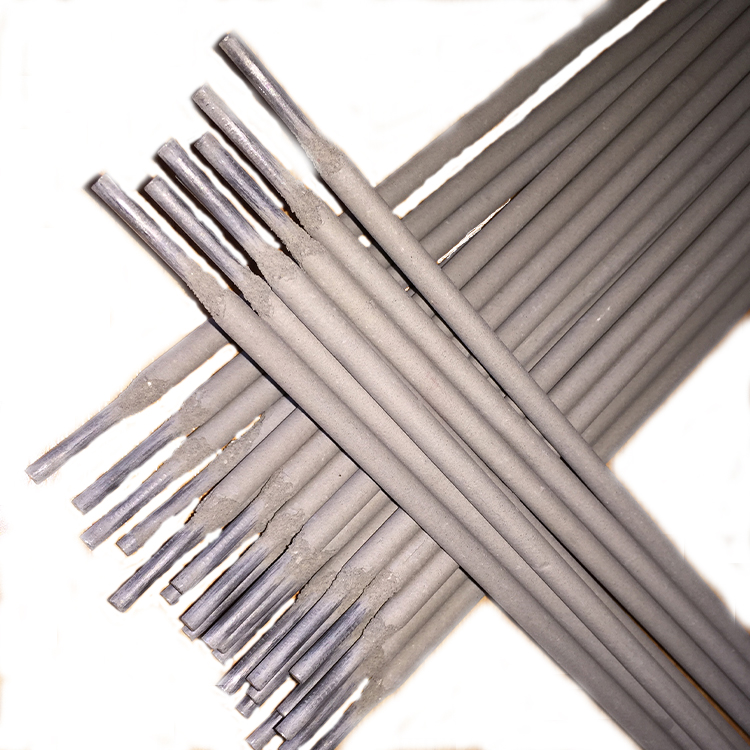Exploring the Benefits of Submerged Welding Wire in Industrial Applications
Submerged Welding Wire A Key Component in Modern Welding Technology
Submerged arc welding (SAW) is a popular welding process that utilizes a continuously fed wire electrode and a blanket of granular flux to protect the weld from contamination. Among the various elements involved in this technique, submerged welding wire plays a crucial role in determining the quality and efficiency of the welded joint. In this article, we will explore the various aspects of submerged welding wire, its applications, advantages, and the factors to consider when selecting the appropriate wire for specific welding tasks.
Submerged welding wire is designed to provide a smooth and continuous weld that is uniform in appearance and strength. The wire is usually made from mild steel or alloy steel and comes in various diameters, typically ranging from 0.8 mm to 4.0 mm. Its diameter can significantly influence the welding speed, heat input, and penetration of the weld. Choosing the right diameter is essential, as it can affect both the mechanical properties of the weld and the overall efficiency of the welding process.
One of the primary advantages of using submerged welding wire is its ability to produce high-quality welds with minimal defects. The submerged arc process creates a protective layer of flux that prevents oxidation and contamination, leading to cleaner welds with fewer impurities. Additionally, the deep penetration of the welding arc allows for better fusion between the base metals, which contributes to increased strength and durability of the welded joint.
Submerged welding wire is particularly beneficial in the fabrication of large structures, such as shipbuilding, pressure vessels, and heavy machinery. The high deposition rates associated with this welding technique enable faster production times, reducing labor costs and increasing overall productivity. Moreover, the use of automated welding systems alongside submerged welding wire allows for more precise control over the welding parameters, further enhancing the quality of the welds produced.
submerged welding wire

When selecting submerged welding wire, several factors must be considered to ensure optimal performance. First, the compatibility of the wire with the base materials is crucial. Different base metals require specific types of wires to achieve proper mechanical properties and corrosion resistance. For instance, stainless steel base materials necessitate the use of specialized nickel-based or chromium-based wires.
Another important consideration is the chemical composition of the welding wire itself. The wire's alloying elements can influence the weld's strength, toughness, and resistance to cracking. It is essential to select a wire that complements the intended application, especially for industries where the welded components will be exposed to harsh environmental conditions.
Furthermore, operators must pay attention to the wire's feeding mechanism. A consistent and reliable feeding system is essential for maintaining the required arc stability and ensuring a smooth and even deposition of weld material. Any fluctuations in wire feeding can lead to poor weld quality and increased chances of defects.
In conclusion, submerged welding wire is a vital component in submerged arc welding, contributing to the overall integrity and efficiency of the welding process. By understanding its properties and selecting the appropriate type for specific applications, welders can achieve high-quality, durable welds for a variety of industrial needs. The ongoing advancements in welding technology continue to improve the performance of submerged welding wire, making it an indispensable tool in modern manufacturing.
-
E6011 Welding Rod for Arc Welding – High Performance & VersatilityNewsJul.26,2025
-
Welding Rod 2.0 mm for Structural Welding - High Strength & PrecisionNewsJul.25,2025
-
Factory Supply Cast Iron Welding Rods AWS ENi-CI High StrengthNewsJul.24,2025
-
Premium 7018 Welding Rods Electrodes for Strong WeldsNewsJul.23,2025
-
E71T-1 Shielding Gas for Gas Shielded Cored Wire Welding SolutionsNewsJul.22,2025
-
Premium Submerged Arc Welding Wire | Efficient Quality SolutionNewsJul.21,2025


